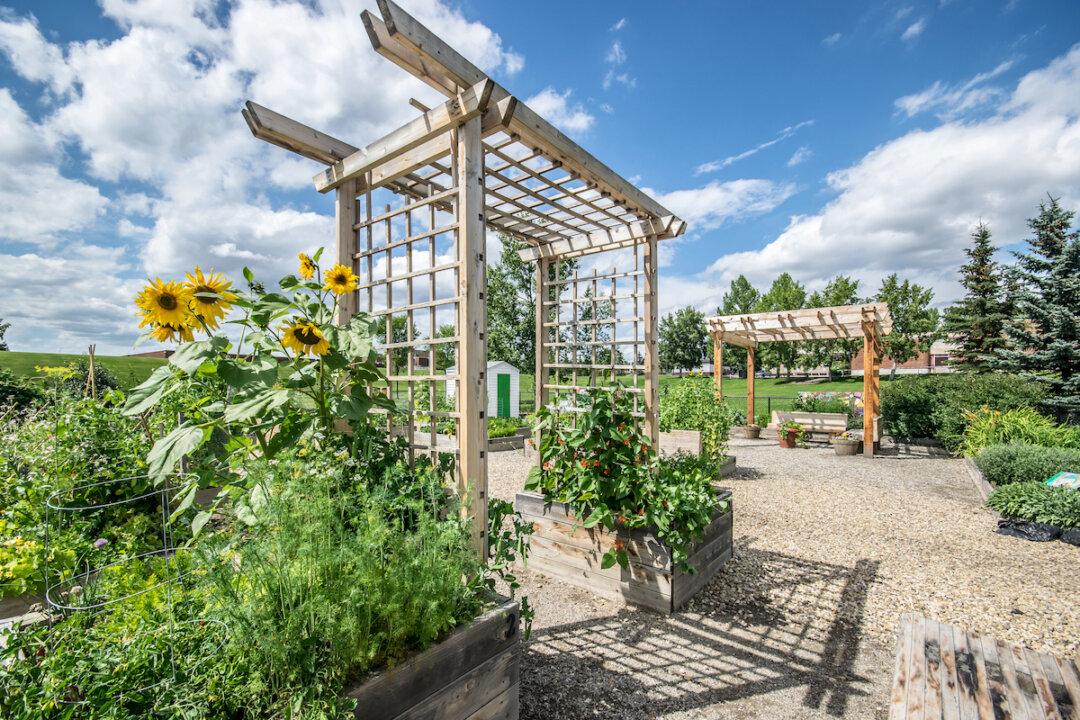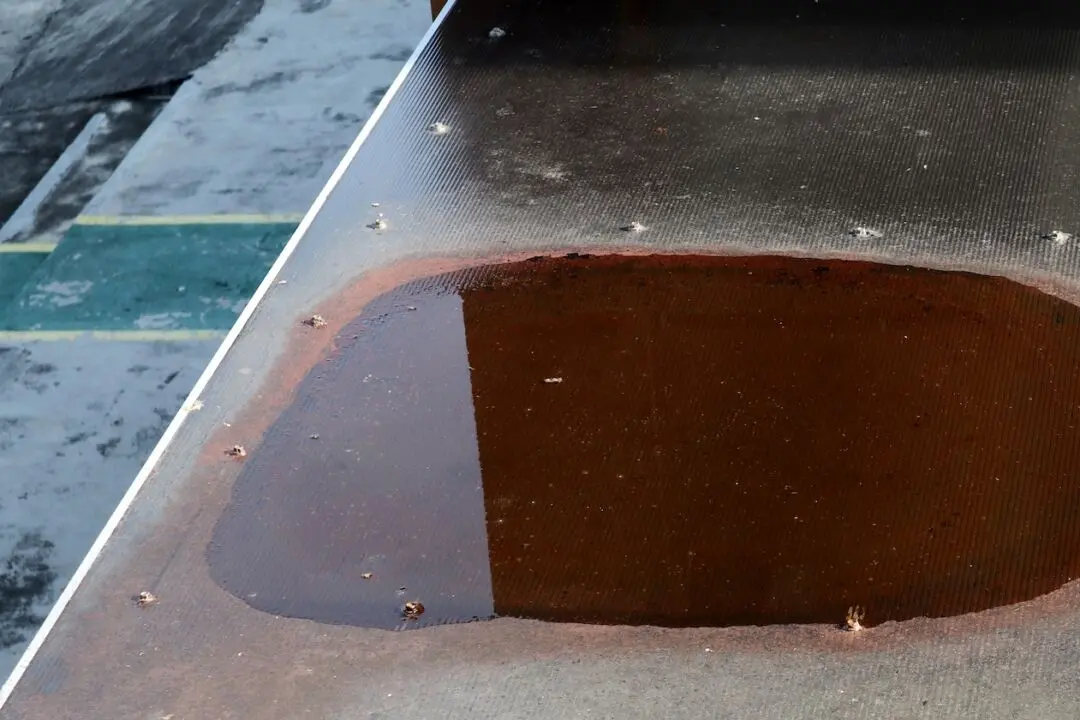Dear James: We spent our entire landscaping budget on shrubs, but we would like to build some trellises ourselves. What are some inexpensive, simple designs to build?—Ken R.
Dear Ken: Building a trellis is a great project for someone just getting started with DIY landscaping and woodworking projects. It is more important to make them sturdy and just pretty because, hopefully, they will be covered with plants and hidden in a couple of years.
Keep in mind, each trellis can be a different design and still be attractive together, so begin with the simplest design: a ladder trellis. This is basically two vertical ladder sections, set in the ground, which are connected by a horizontal top ladder section.
Two attractive and stable types of wood to use are redwood and western red cedar. Redwood is somewhat more expensive, but it is the most attractive wood and resists rot and insects extremely well. Although you can paint it, use just a clear or lightly tinted sealer on it.
Pressure-treated lumber is a durable, lower-cost option, but it is not nearly as attractive, and it does not take paint well. It has a high moisture content, and any paint stands a good chance of blistering and peeling. The preservative chemicals may not be good for the plants.
Even though your budget is tight, you can still use redwood. Use a high-quality grade, construction heart, for the posts on the vertical ladder sections only. This grade of redwood comes from the center of the tree and contains a high concentration of natural rot- and insect-resistant chemicals.
For the rest of the trellis, use cheaper construction common-grade redwood. It is often somewhat lighter in color and may contain noticeable knots, but it is still attractive and durable. This is acceptable for any pieces that do not come in direct contact with the ground.
Now that you have selected the wood to use, the fasteners (screws and nails) are the next material decision to make. For a total of about $15 more than standard fasteners, buy stainless steel screws and nails. Redwood has a tendency to develop black stains over time when standard fasteners are used.
Plan on doing the majority of the construction and preassembly work in your garage or basement on a stable, flat floor. It may be pleasant to work out in the backyard, but it will be virtually impossible to make the many necessary, accurate saw cuts on the irregular ground.
The spacing of the rungs on the vertical side ladders can probably be further apart than on the top horizontal ladder. This will be somewhat dependent on the type of plants you plan to use. Some plants have much stronger stems and can span longer distances without support.
Once you have all the pieces cut to size and drilled for assembly, treat them with a preservative sealer. Saver Systems Defy is an excellent synthetic sealer to use. Completely coat every surface, especially any ends that were sawn across the grain.
After the sealer dries, assemble each of the three ladder sections. Predrill assembly holes where you will bolt the sections together. Assemble the entire unit. If all fits well, have a helper assist you with carrying it to its final resting place.
Dig the post holes about 24 inches deep and fill each with three inches of washed gravel. Place the legs of the vertical ladders into the holes. Fill with more gravel to five inches from the top. Finish filling to ground level with crushed gravel that locks itself in place.





